I can tell within a matter of minutes whether or not your AdWords campaign will succeed.
No, I’m not a psychic.
But after reviewing countless campaigns, I’ve honed my prediction skills to know which ones will do well and which ones will fail.
When it comes to successful campaigns, there are a few common variables.
For example, one of the biggest factors I see for well-performing campaigns is high click-through rates (CTR).
High CTRs are critical because they directly affect your cost per click and quality score.
These will, in turn, influence how much each lead or sale costs you.
And that will ultimately lead to how much money you’ll have in your pocket at the end of the day.
Sometimes I have clients that struggle with their CTR and don’t know why.
There can be a million reasons why an ad doesn’t do well. But for the most part, it comes down to using the right words in the right places.
This isn’t an exact science. And there’s no shortcut to having a really effective PPC campaign.
However, there are hacks you can do to try and boost your ROI.
Employing a few of these top AdWords tips can kick start the process by lifting your CTR.
Let’s dive into how you can use them for your campaigns.
1. Add competitors’ keywords to your headlines
You probably get sick of hearing about the importance of keywords.
But it’s an important message to repeat. Keywords do matter.
Just take a look at these highly competitive keywords. People are paying a lot of money for top words.
But the truth is, if you’re trying to rank for some of the most popular keywords, unless you’re a big enough influencer, you’re not going to see clicks.
Harsh, I know. But it’s reality.
Luckily, you don’t necessarily have to go after the most competitive keywords in the whole industry.
Instead, you might consider going after the keywords your direct competitors use.
Or, better yet, include your competitors in your ad copy.
Take a look at what happens if I search for “kissmetrics”:
Kissmetrics bids on their own brand (another strategy I recommend), so they’re the first ones up.
But the second ad is actually for a competitor.
Obviously, this is annoying if it’s your own company.
But it’s a pretty smart strategy from their point of view. They’re using Kissmetrics’s name to give themselves a boost.
And it’s something anyone can do.
Here’s another example when I do a generic search for “quickbooks”:
The first ad is from QuickBooks. But take a look at the third ad.
It’s a competitor, Wave.
They’re not only comparing themselves to QuickBooks, but they’re also using their competitor’s name in their headline.
It’s smart.
Brilliant, actually. They’re enticing a key audience that doesn’t want to pay for QuickBooks.
And they are using one of the best power words in their headlines: free.
Even if you didn’t want to mention competitors directly in your ads (some people don’t, and that’s okay), you can still use this strategy to improve your keywords.
If you’re not sure what terms the competition is using, try scanning other ads with SpyFu.
Go to SpyFu’s homepage and enter in your competitor’s website.
This will give you a list of paid and organic keywords.
By clicking on the paid keywords tab, you’ll get the CPC and keywords your competitors are bidding for.
You can quickly scan the copy with the keywords that are a good fit for your business, and then include them in the headlines of your own ads.
So sneaky, yet so effective.
2. Use higher-converting ad copy
Of course, there’s more to a good ad than just keywords.
Including competitive keywords in your headlines and ad copy will help your ads rank for specific terms, but it won’t always improve your CTR.
To do that, you need to use those keywords alongside copy that really sells.
Your headline is the key action driver for your ad. It not only needs to contain relevant keywords, but it also needs to be persuasive.
Take a look at the top three ads that appear when I search for “acne help”:
The first ad has a high chance of conversion.
It’s asking a question I might already be asking in my head if I’m searching for help. Plus, it’s answering it with a solution, using words such as “learn more” and “how it works.”
The most interesting part about this ad is that it doesn’t have any exact matches to my search phrase. However, it’s close enough.
The second ad has the right keyword, but it doesn’t exactly scream, “Click me!”
The third ad has neither intrigue nor the right keywords.
Here’s another example when I look for “help with car repairs”:
The first ad has my exact keyword match, but it’s not relevant to what I want. I want help with my car, not to compare insurance.
Nothing about this ad answers my questions. When I click it, I’m brought to this landing page:
It looks like a nice landing page at first pass.
The design is solid, and it uses many landing page best practices.
The biggest problem is that it’s still not really relevant to my search.
And it would probably make me frustrated that I have to fill out so many fields to get any information.
The second ad, however, leads me to this services page:
Not only did the ad itself pique my interest (expert car repair near me? Yes, please!) but the site itself is exactly what I want.
We can quibble about the layout, design, etc. But the fact of the matter is that the information still matches my intent.
If I want to engage beyond that, there’s a “car symptom checker” ready and waiting.
It’s almost like the page was created just for me. It’s an immediate conversion.
Even though it’s not the fanciest ad or website, it’s an example of an ad that sells.
It also uses power words, like “expert,” to pull me in and convey intent.
And when it comes to well-performing copy, power words are critical. They add emotion and excitement to your ad, a method that’s been proven to generate more social shares.
I frequently try to convince people that they don’t need to spend more time on keyword research. They just need to improve their sales copy.
They need to find words that appeal to their core audience. Appealing to your audience leads to higher CTRs.
So if you find yourself really stuck when it comes to CTR, look at the words you’re using that aren’t keywords.
Are they meaningless keyword fillers, or do they entice the reader?
Yes, keywords are important, but just because your ads appear at the top of SERPs doesn’t mean they automatically get a click.
Combine the right keywords with copy that will sell your audience.
3. Link ads to bespoke landing pages
Landing pages are another key factor when it comes to PPC.
One of the reasons the above car repair ad works so well is not only was the ad itself incredibly persuasive, but it also led to a high-converting landing page.
Not every business has this figured out. I often see ads that link to a generic homepage that has nothing to do with the original search intent.
For example, check out what happens when I search for “dog walkers”:
It brings you to this website homepage:
Let’s ignore the design.
The key point is that the information here doesn’t match the ad you just clicked on.
Now compare that to this next example from Rover:
The background image, headline, and copy all relate back to the original search query.
Here’s another perfect example:
This time, you hit the following landing page:
Look! A dog with an actual human!
While the conversion point isn’t as high as Rover’s example, it still works because it’s relevant.
If your site offers information on more than one service or product, bespoke landing pages are key. They lessen confusion by leading the customer to exactly what they need.
The reason why people often don’t do this is that it’s time-consuming. You basically have to create brand new landing pages for every keyword.
One of my favorite tricks to shortcut this work is to use dynamic text replacement.
This way you can create one basic landing page template. Then the content and copy will change depending on the search term someone just used a few seconds prior.
4. Use expanded text ads and extensions
While they say that brevity is the soul of wit, brevity can also harm your CTR.
When it comes to ads, sometimes a short tease just isn’t enough.
That’s where expanded text ads can save the day.
Expanded ads let you run ads with longer copy.
These work well if you’re targeting long-tail keywords or needing a little extra room for additional persuasion.
Take a look at these expanded ads from Guitar Center, for example:
Notice the difference of characters available in the headline, URL, and description in the second one versus the first one.
You have the room not only to write a persuasive headline but also to add a second headline and full description, too.
Which one do you think will get higher CTRs?
If you said the longer one, you’d be correct.
Internal Google data shows that including more keywords in your ad increases CTR by 15%.
It makes sense. More keywords mean more chances to get your point across and more opportunities for a keyword match from a search.
You can also use extensions to amp up your ads. Sitelink extensions are a great way to get more targeted click-throughs.
You can add up to four links to your ad copy, each leading to a different bespoke landing page.
The key is to use these links wisely and make sure that the links are still associated with the ad.
Focus on linking to other keywords that might be relevant to your search terms.
The Nike extensions are also all options that are relevant to the time of year for the search. Football season coincides with back-to-school. And who doesn’t love a little sale?
Plenty of opportunities for click-throughs.
Like in this example from ADP:
You can see they link to their other services, targeting keywords like “free quote” and “free accounting” in addition to the other keywords in their headline.
If you’re trying to target local traffic, location extensions work and will improve your CTR.
Like this ad from Cupcake Royale, which targets those in search of a cupcake right now:
This is particularly helpful for B2B companies that work locally or B2C brands that rely on proximity.
If someone is searching for a product or service near them, they’re more likely to engage with a business that is close by. It’s a fact: people like shopping local.
You might consider including “keyword + near me” as a search term, too. According to Google, these types of searches have doubled recently.
You can also use call extensions to add a business number to your ad so that prospects can call you directly from their phones.
But this may not necessarily help you with your ad’s CTR. If they’re calling you from what they see on your ad, they’ve converted without clicking through to your site.
But, that’s still a win. And it still allows you to track which ads are performing.
If you want to see what your expanded ad will look like, try using a site like Karooya to preview ads before committing to them.
This will help you fine-tune your offerings for maximum impact.
5. Pause your non-performing ads
Here’s another bit of harsh truth.
Not all of your ads are going to be winners.
In fact, based on the law of averages, most won’t be.
You can optimize every ad to your heart’s content. But at the end of the day, if it’s not performing, it’s not performing.
If you continually fail to see significant CTRs with your ads, you need to pull the plug.
This should be a no-brainer. If it’s not performing, you’re spinning your wheels and spending money on something that isn’t getting you any new customers. Let the bad ads go.
And if the ad isn’t getting any love from your prospective audience, it won’t get any love from Google.
According to Search Engine People, Google expects your ads to obtain a CTR of at least 0.5%. In fact, they suggest a standard average of a 2% CTR.
If you’re not meeting that goal, they will show your ads less often.
This kicks off a vicious cycle. Lower CTR means lower ad visibility, which means lower CTR. You get the point.
If your ad is underperforming, you’re better off pulling the plug to try out a new ad or waiting until your search terms become more relevant.
But, if you’re just not ready to give up on the ad, there is one last thing you can do: use negative keywords. Negative keywords will eliminate audiences that are less likely to click your ad.
How? By removing your chances of ranking for specific keywords.
While this may sound like a bad thing, it’s actually to your benefit.
If your campaign has low CTR, adding negative keywords will get it in front of a more selective audience.
That means the audience is more likely to be ready and willing to click through to your product or service.
The people you want to see the ad will still see it, and the people you don’t want (who won’t click through), won’t see it.
It can be a huge boost for poor-performing ads.
You can find negative keywords on your campaign dashboard by going to “Keywords,” then “Negative keywords,” and then looking for the “Campaign level” box.
Keep in mind that adding negative keywords will completely stop your ads from showing up for those words.
If you do want to rank for certain terms, don’t add them to your negative keyword list.
Conclusion
It’s important to remember that improving your CTR doesn’t happen overnight.
It takes a little time. And a lot of trial and error.
Keywords work, but don’t expect to simply add a few keywords here and there and suddenly see a spike in conversions.
Optimizing your ads takes some finesse. You need to study your audience, research keywords that are persuasive to them, and then find ways to include them as strategically and organically as possible.
Pay close attention to your ad copy, link your ads to specific landing pages, and beef up your ads with additional targeted text.
And if they aren’t working, don’t be afraid to go back to the drawing board and try something different.
Your AdWords will work, but they have to stand out among the sea of your competitors. Follow my five hacks from this post, and you’ll be well on your way.
What tricks have you used to increase your AdWords ad CTR?

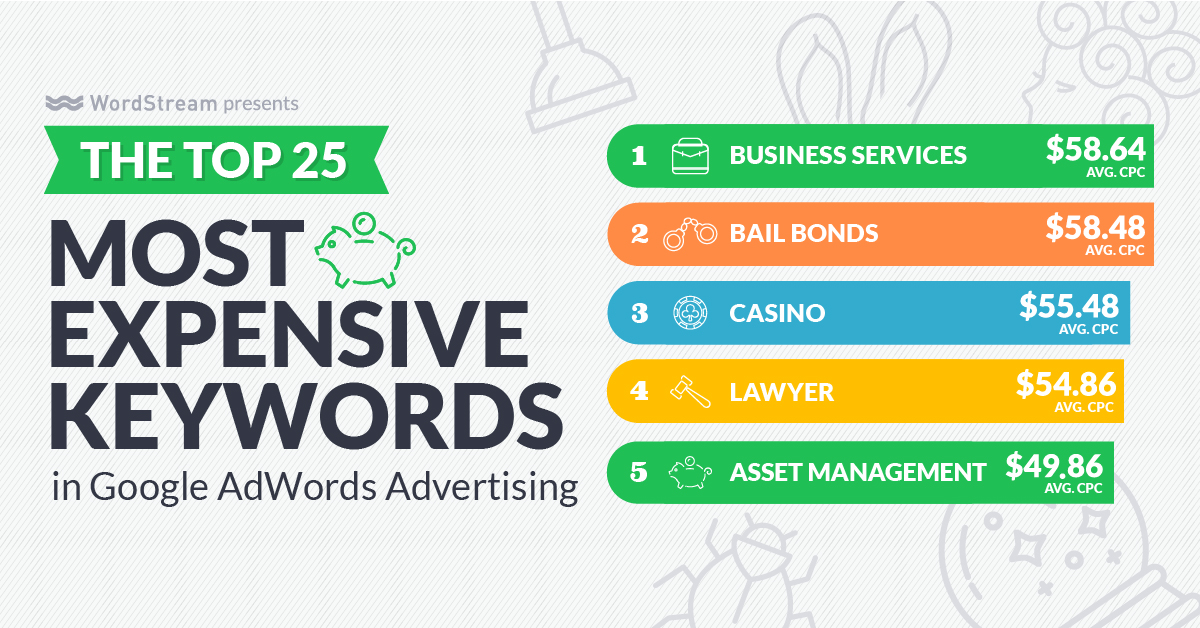
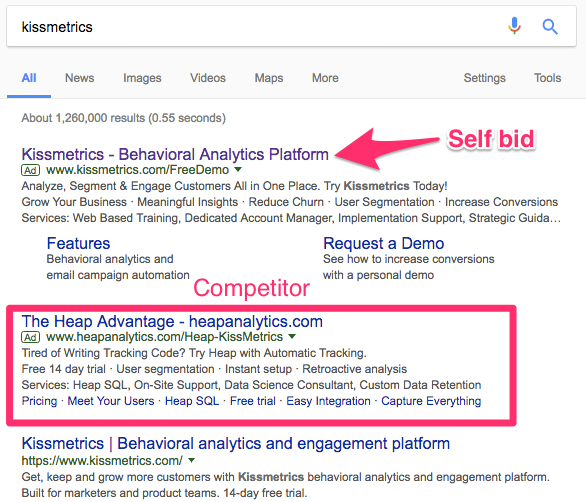

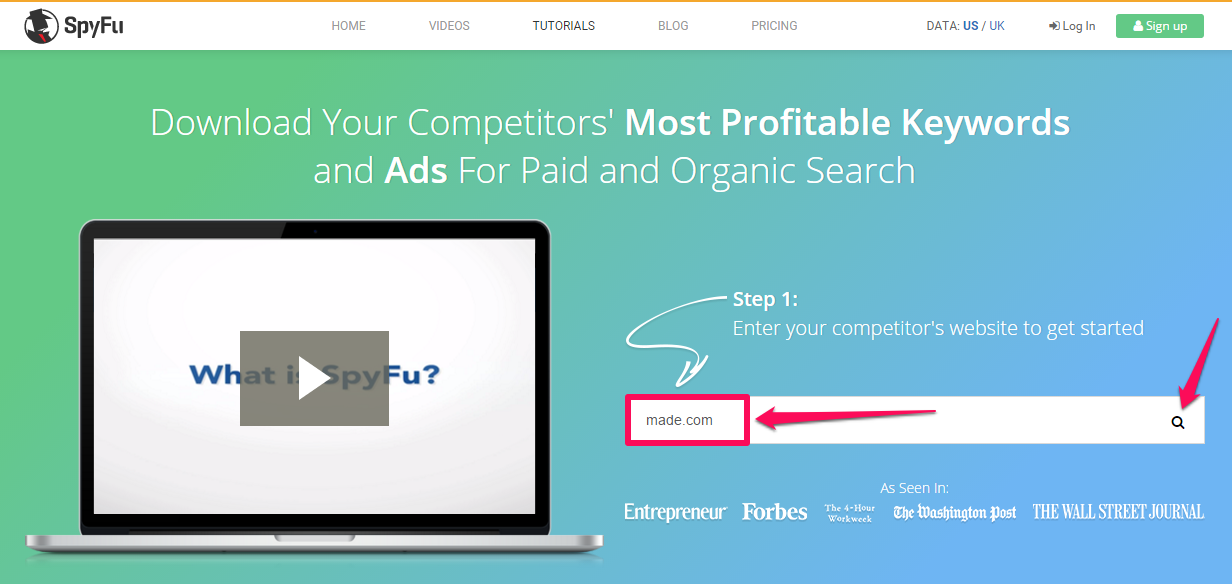
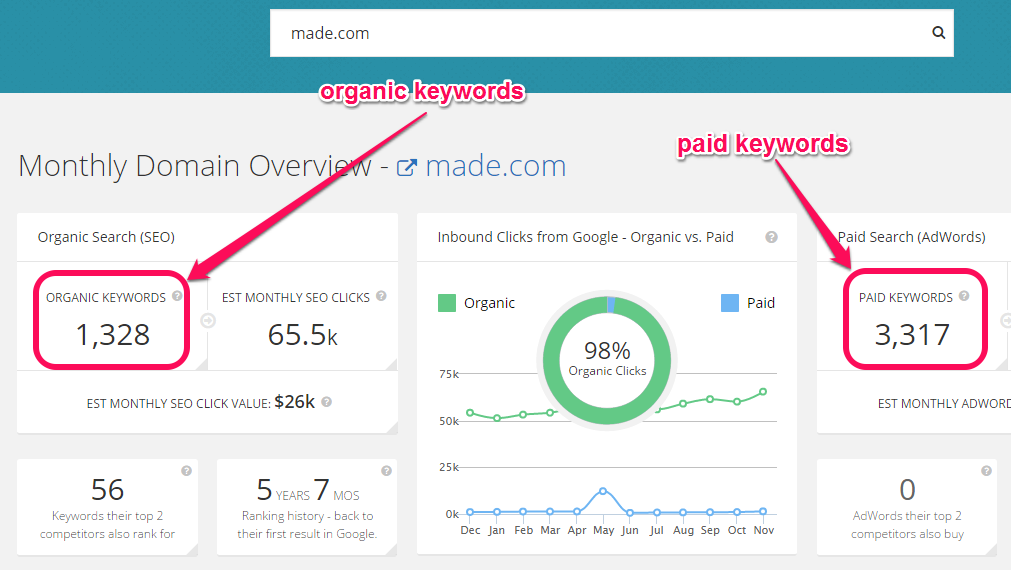
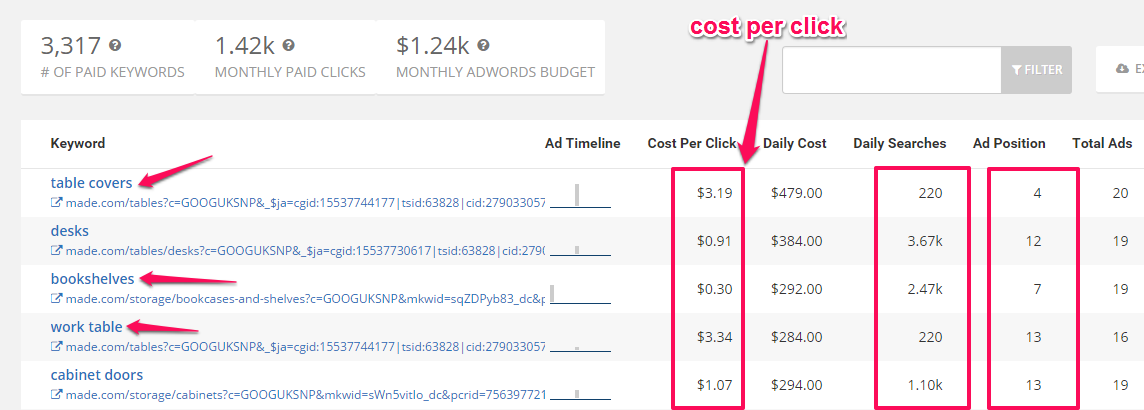
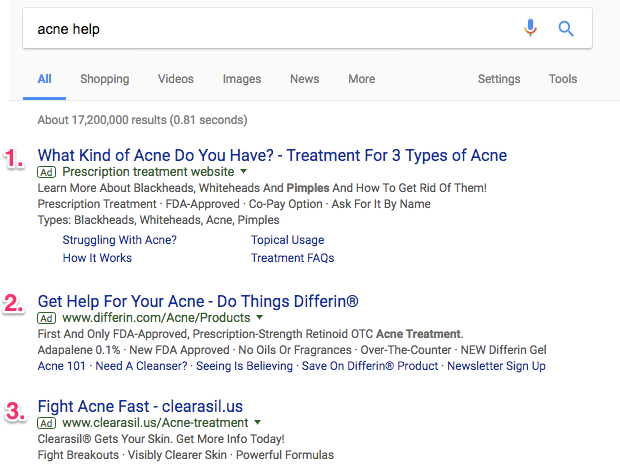
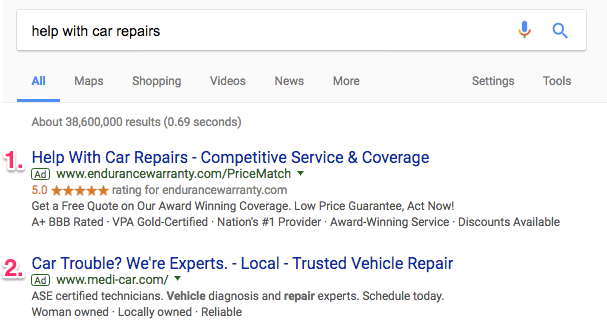

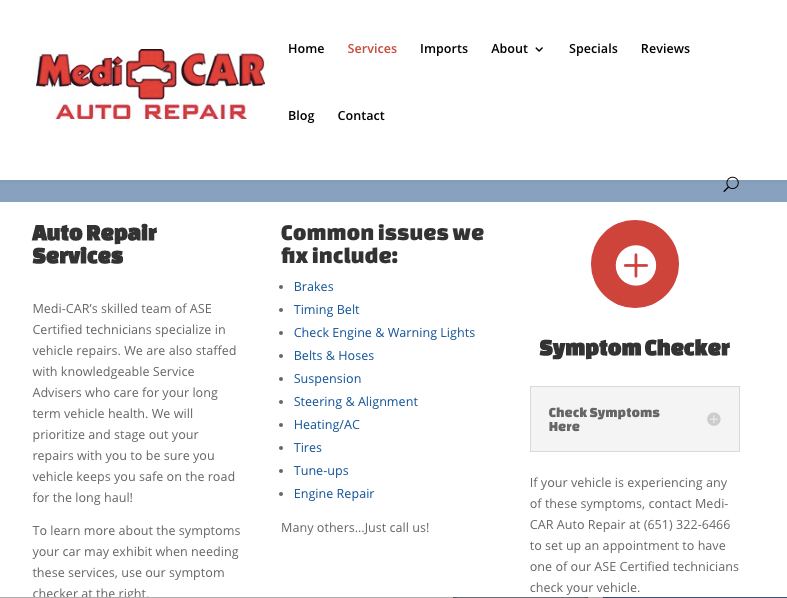
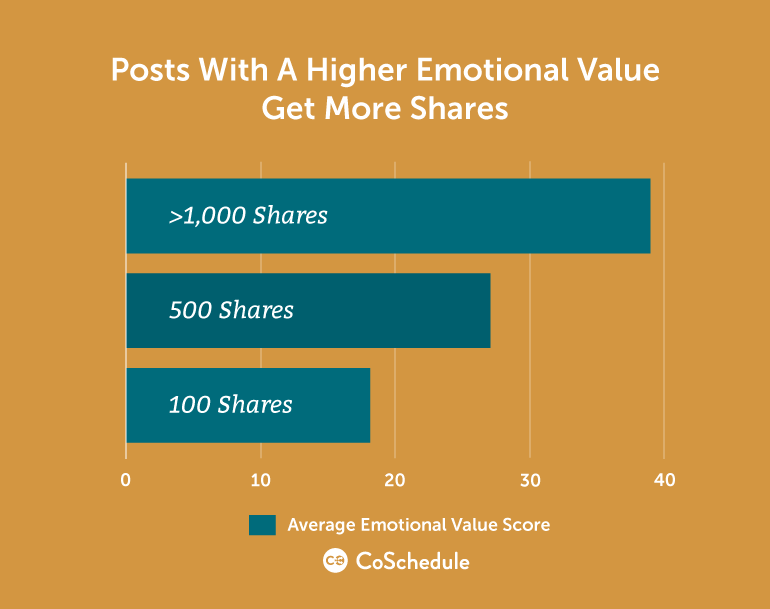
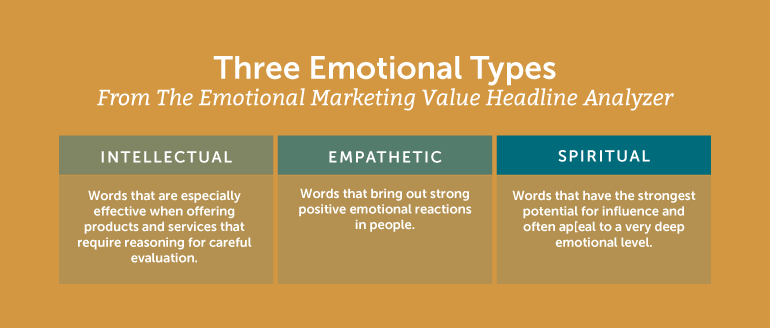

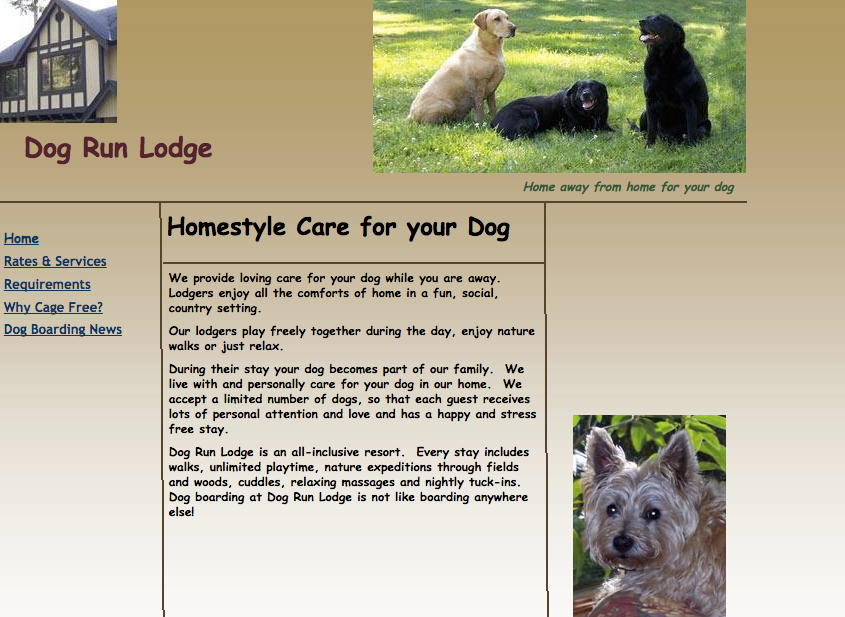
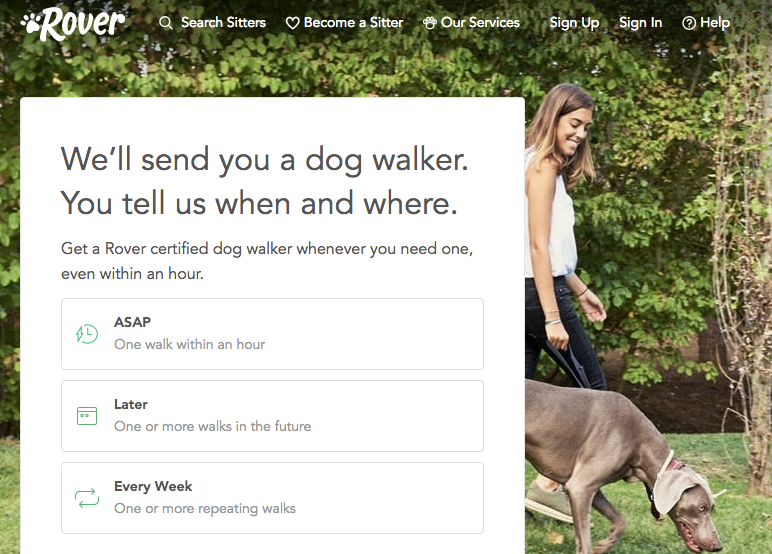

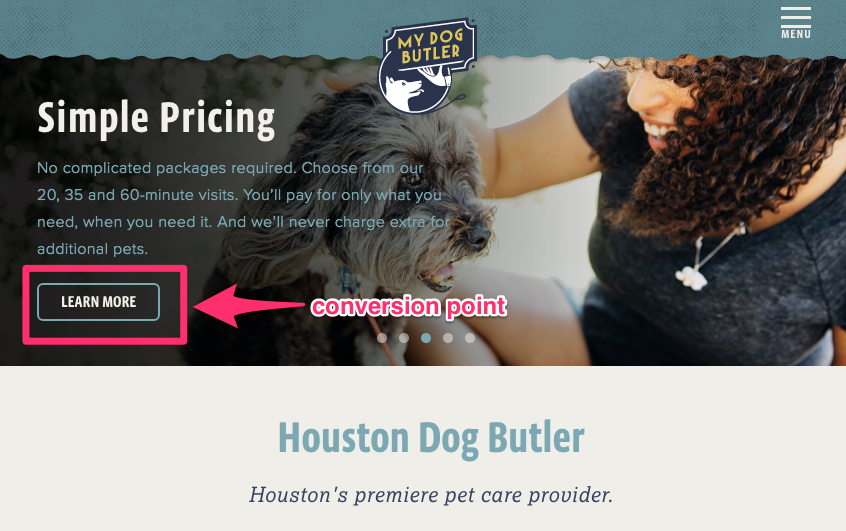







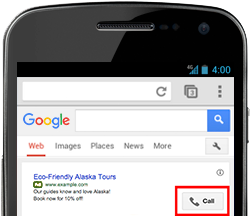
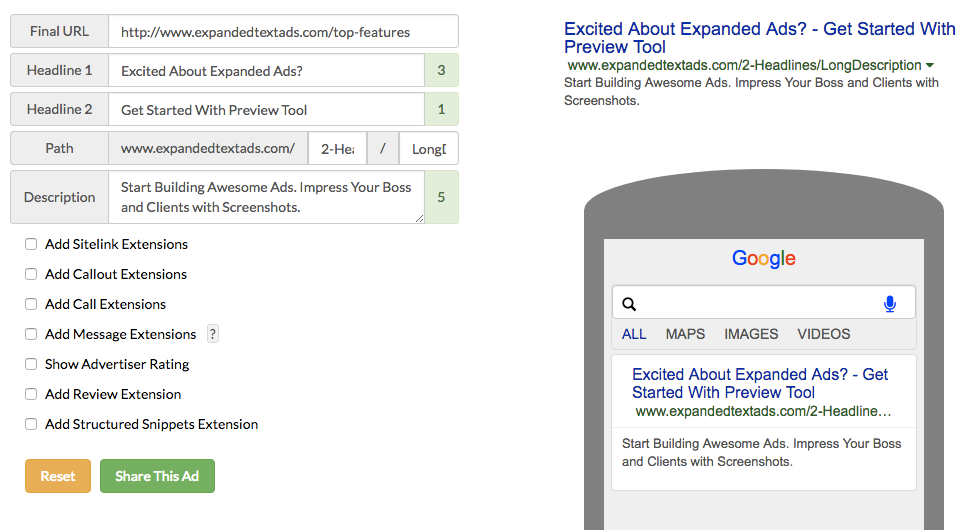
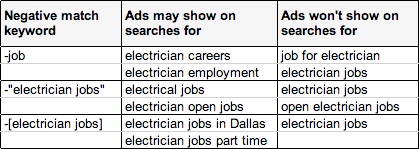
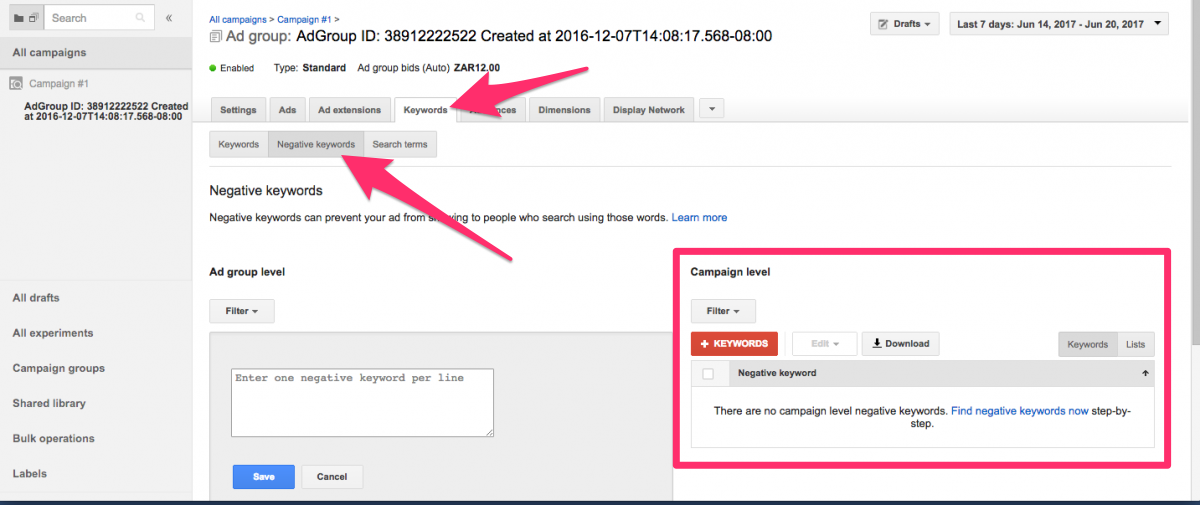
Comments (10)